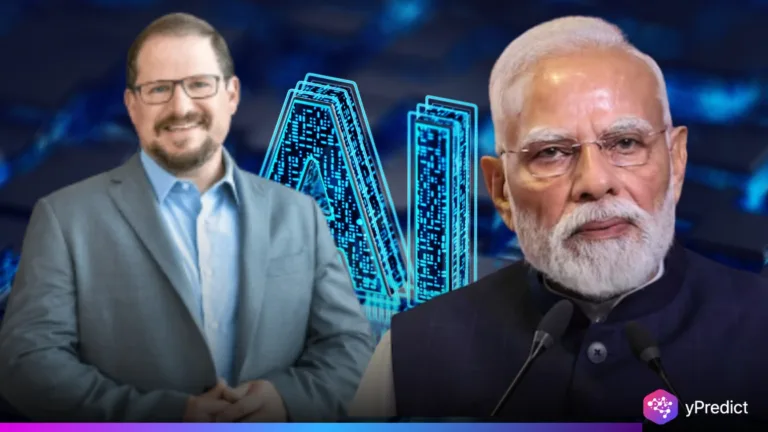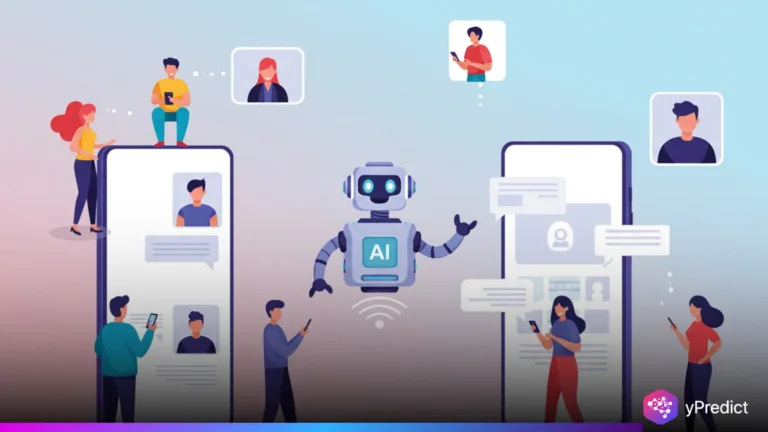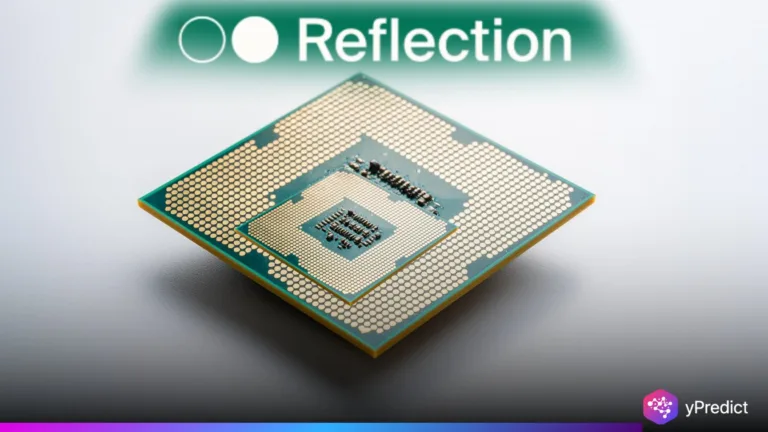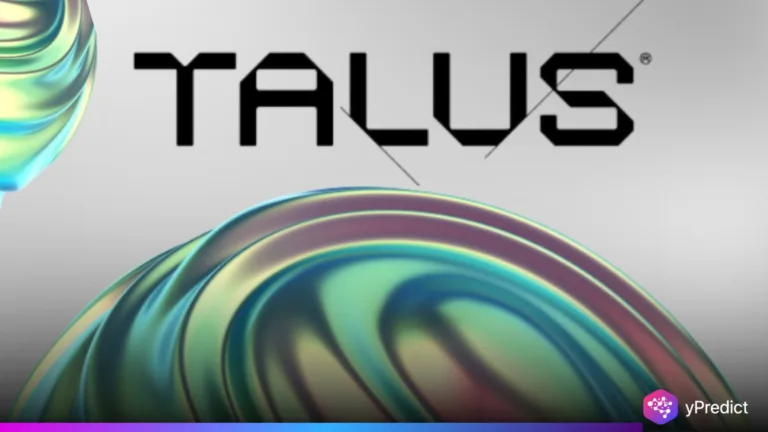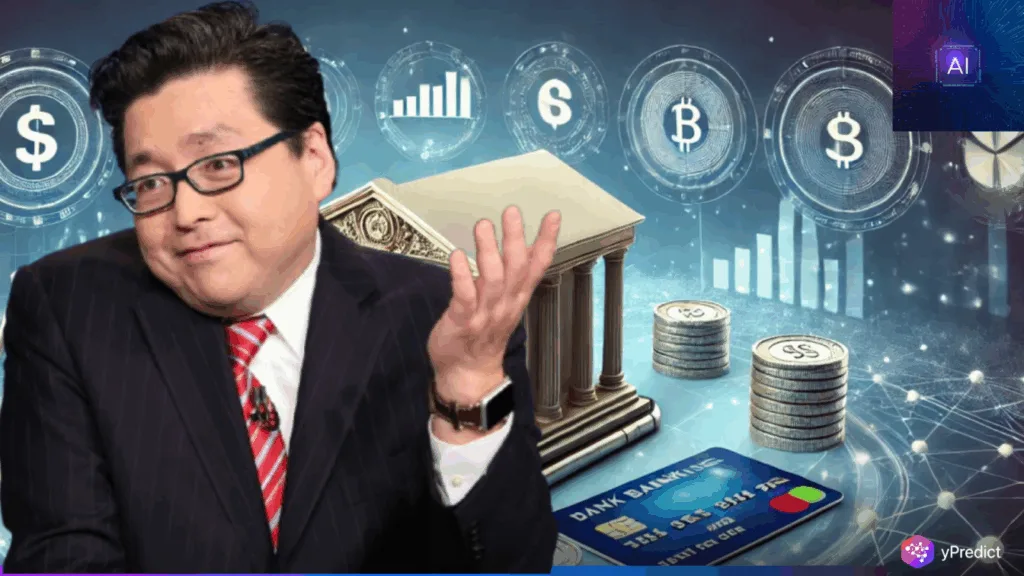
AI remains one of the biggest themes driving markets, and NVIDIA sits at the center of that story. Ahead of its earnings, investors are watching not only the chipmaker but also the ripple effects spreading across finance and crypto. A CNBC “Closing Bell” segment highlighted this point, with Tom Lee stressing how enthusiasm for AI stretches beyond tech into banks and digital assets. NVIDIA’s stock rose over 1% to $182.13, while other chipmakers showed mixed results. At the same time, small-cap stocks rallied and financials gained. The discussion suggests AI now shapes narratives well outside Silicon Valley.
AI’s Reach Beyond Tech Stocks
NVIDIA’s growth is often viewed as a proxy for AI adoption, but its impact clearly goes further. In the CNBC discussion, Tom Lee made the case that financial institutions are secondary winners in the AI cycle. According to him, banking giants like JPMorgan and Goldman Sachs are positioned to gain not just from efficiency tools powered by AI, but also from blockchain integration. AI and blockchain, Lee noted, create combined benefits, streamlining operations while also opening fresh revenue streams.
The evidence is already visible in market performance. The SPDR S&P Financials ETF (XLF) is up more than 10% this year. Typically, financials have been valued like cyclical stocks, but Tom Lee argued they could eventually deserve tech-like multiples given how embedded AI is becoming in their businesses. His view suggests investors may be underestimating financial stocks compared with the attention poured into NVIDIA and similar players.
This cross-sector effect is reinforced by broader signals in the market. The Russell 2000 index led with a 1.39% rise, suggesting optimism is spreading. While AI headlines often highlight chipmakers, Tom Lee emphasized how the technology reshapes basic assumptions about entire industries, finance included.
Ties to Crypto and Market Sentiment
The segment also tied AI enthusiasm to the crypto market. Tom Lee directly linked bullish sentiment on AI to a similar case for digital assets. His reasoning is that investors view blockchain and AI as part of the same wave of transformative technologies reshaping finance. So when AI optimism grows, the case for crypto strengthens too.
The post’s caption, “AI HYPE IS GOOD FOR CRYPTO”, captured this narrative in plain terms. Tom Lee explained that blockchain adoption within banks is more than a tech play; it changes how money moves, how trades organize, and how trust is built in financial systems. Crypto assets, sitting at the core of this blockchain layer, naturally benefit.
This view connects finance, tech, and digital assets in a single cycle. For example, if JPMorgan deploys AI for operational efficiency while exploring blockchain settlement, investors see that as validation of crypto’s long-term role. Tom Lee’s repeated point was that AI and crypto are not separate trends, they reinforce one another. NVIDIA’s earnings may highlight semiconductor demand, but the bigger lesson is how AI optimism fuels confidence across crypto markets. Investors watching both sectors may see stronger alignment in the months ahead.
Conclusion
The market’s anticipation of NVIDIA’s earnings is about more than one company’s results. As Tom Lee argued, AI is reshaping not only technology but finance and crypto too. His case suggests banks could be revalued as more like tech firms, and crypto could ride the same wave of enthusiasm. Stock moves already hint at this shift, from gains in financials to rallies in small caps. By linking AI’s rise to blockchain and digital assets, Tom Lee underscored how optimism in one sector spills over into others. Today’s AI story is inseparable from the future of finance.

